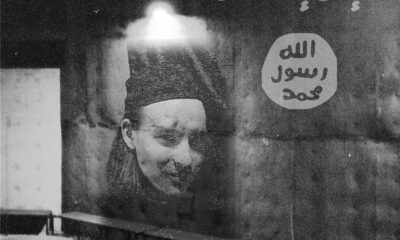North Idaho College Signers Club held a Silent Spaghetti event to raise awareness of deaf culture and as a fundraiser for the club. At the event on Nov. 18, hearing impaired families and club members came together to enjoy the food and to celebrate deaf culture.
“We wanted this to be an opportunity for students who are interested in signing to have an opportunity to experience deaf culture in a controlled environment,” said Jacalyn Marosi, instructor of ASL/English Interpretation at NIC since 2005. Marosi said she was a hearing person who learned to sign in college.
The dinner was meant to be both a symbol and physical example of what deaf culture refers to as “Deaf Turf,” which is a place where deaf people are the first priority and the hearing way of life is second. The club called on deaf citizens around the community to tell stories in sign language during and after the dinner. Story telling is held to the highest regard in deaf culture and was explained by Marosi as the most important form of free expression.
One of the storytellers attending the silent dinner was James Ford.
“We [the deaf community] love signing. We love to show that. We love communicating. We love interacting with one another,” he said about having the opportunity to tell a story in a place dedicated to appreciating deaf culture.
Ford’s son, Jacob, told a story at the beginning of the dinner as people were sitting and arriving. The people there were using American Sign Language (ASL) to communicate their stories.
“ASL gets right to the point and includes facial expressions. Also we can express how we feel inside for years to come,” said participant Shaun McLaughlin about the language.
McLaughlin hoped the event would help gain deaf culture some respect, saying that deaf individuals still struggle to find employment, have access to communication and access to an ASL education and Ford agreed.
“Having a deaf school would be amazing,” he said.
Jessica Kidwell is the president of the Signing Club at NIC. And her goal is to help people understand and become more aware of the deaf community.
“It’s really important for the hearing community to understand [deaf culture]. It’s not just a sub-culture and people need to understand that.”



















